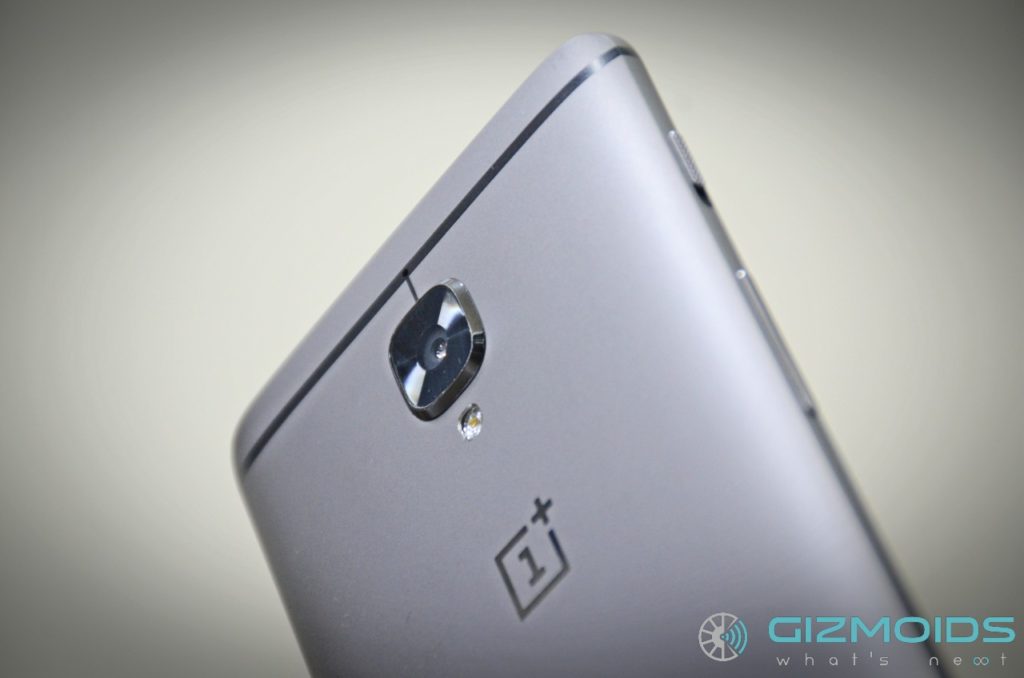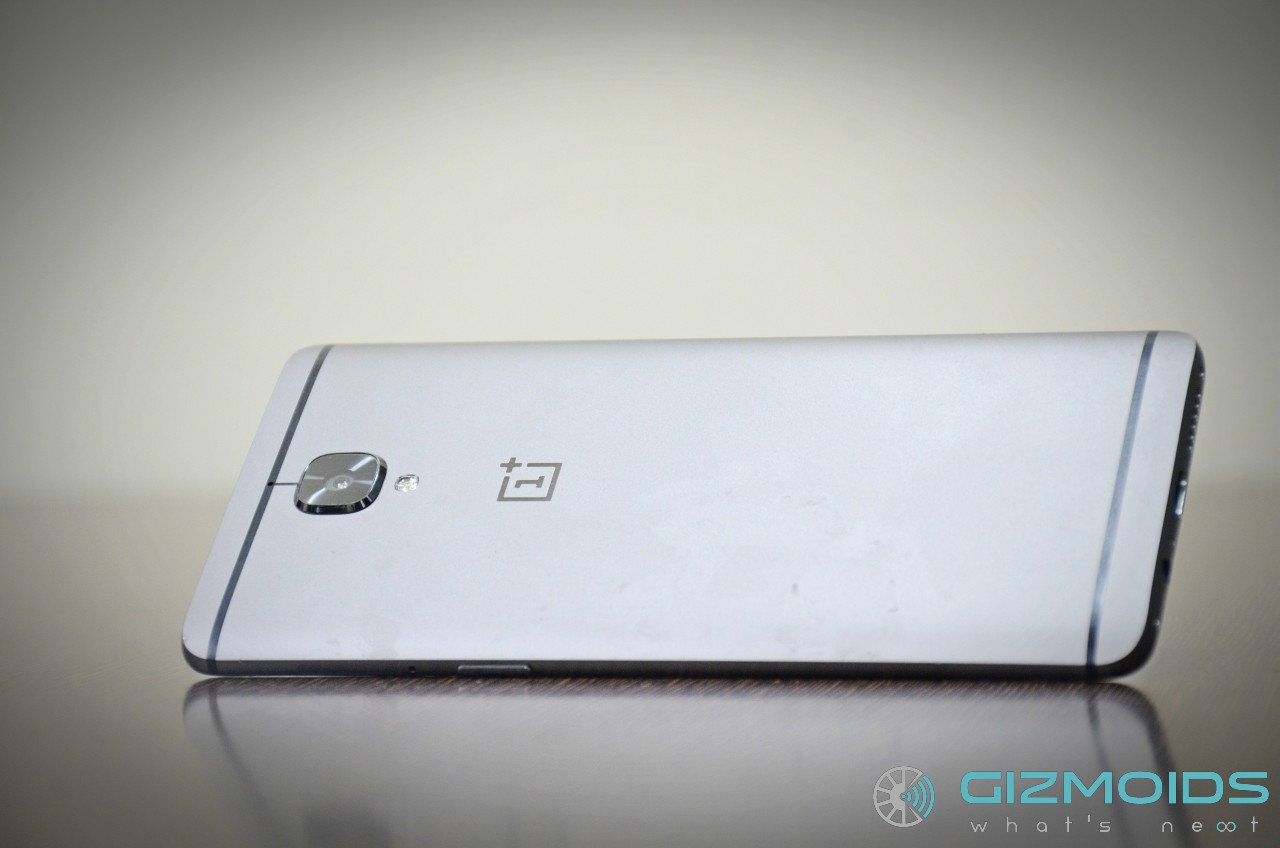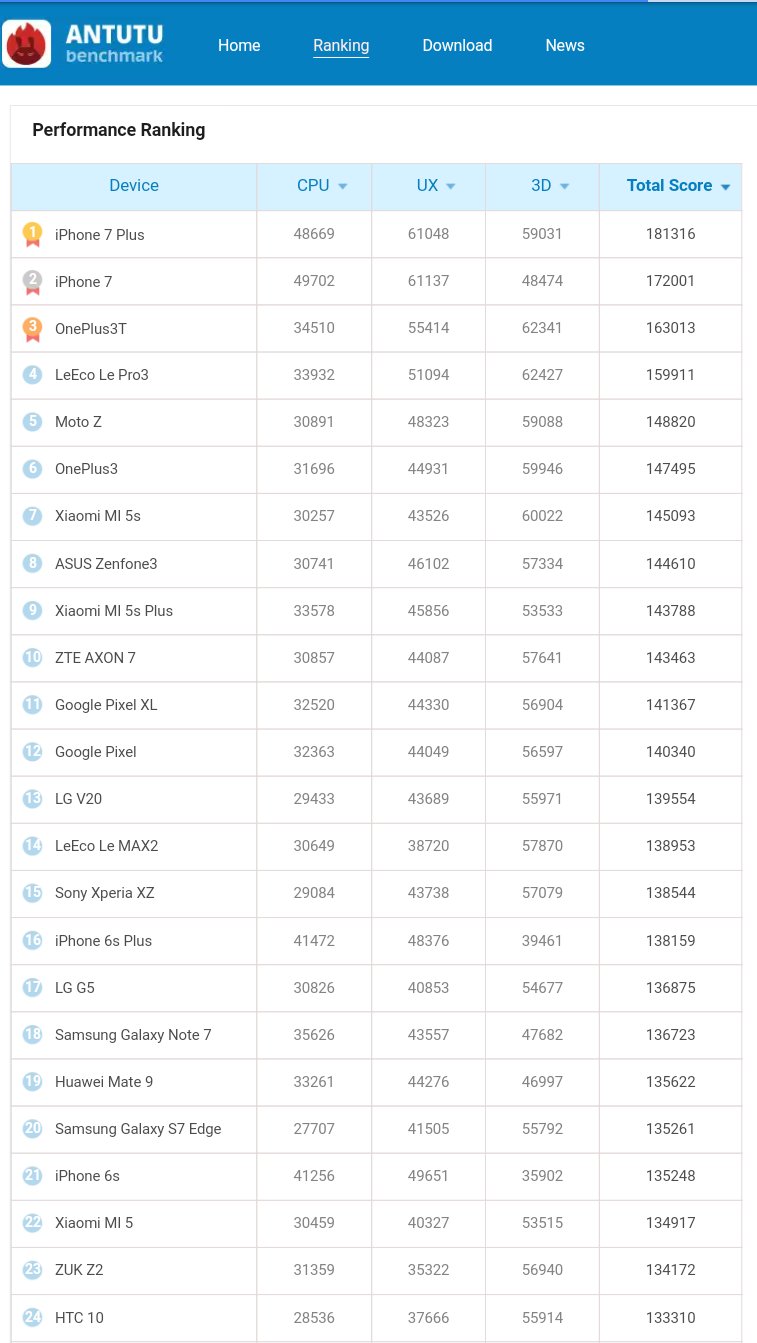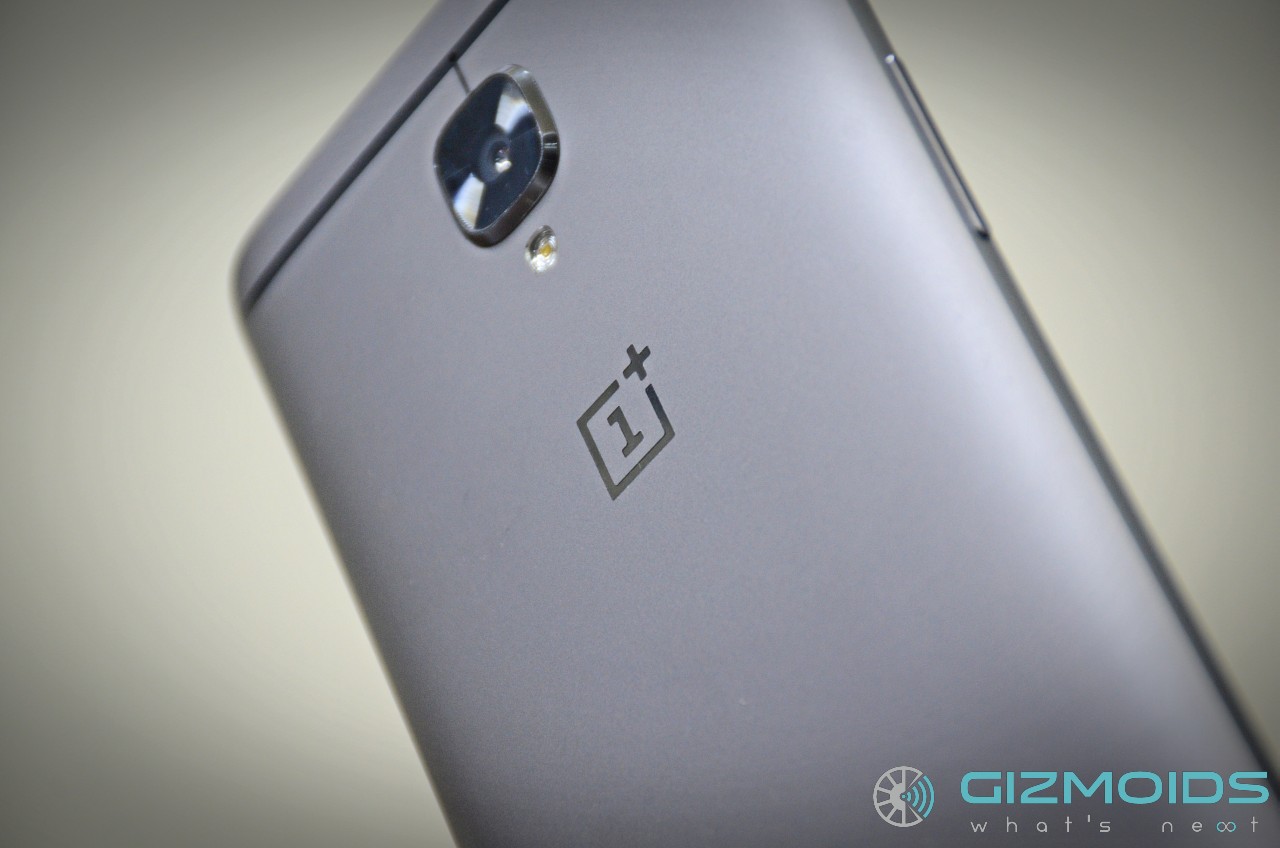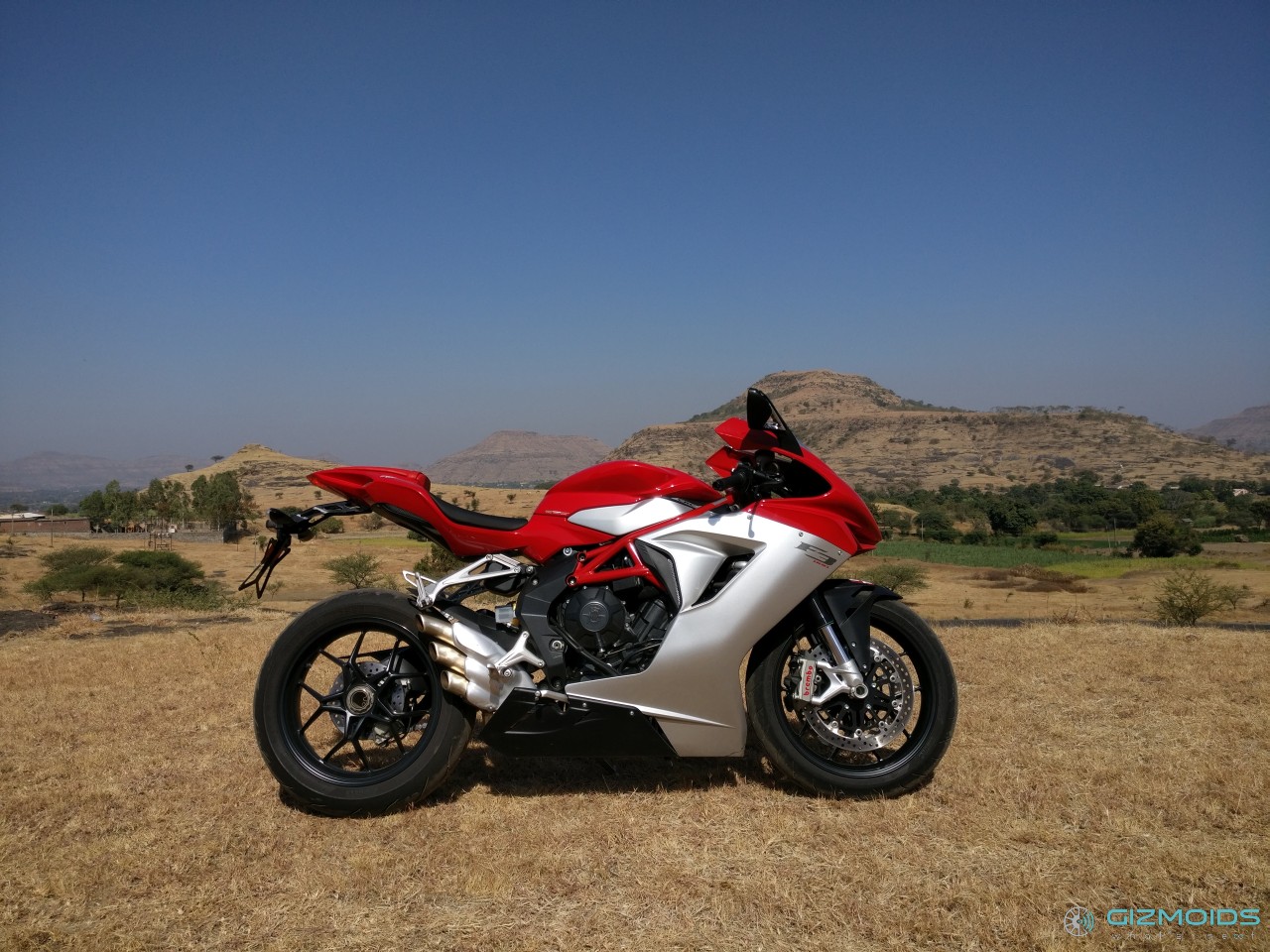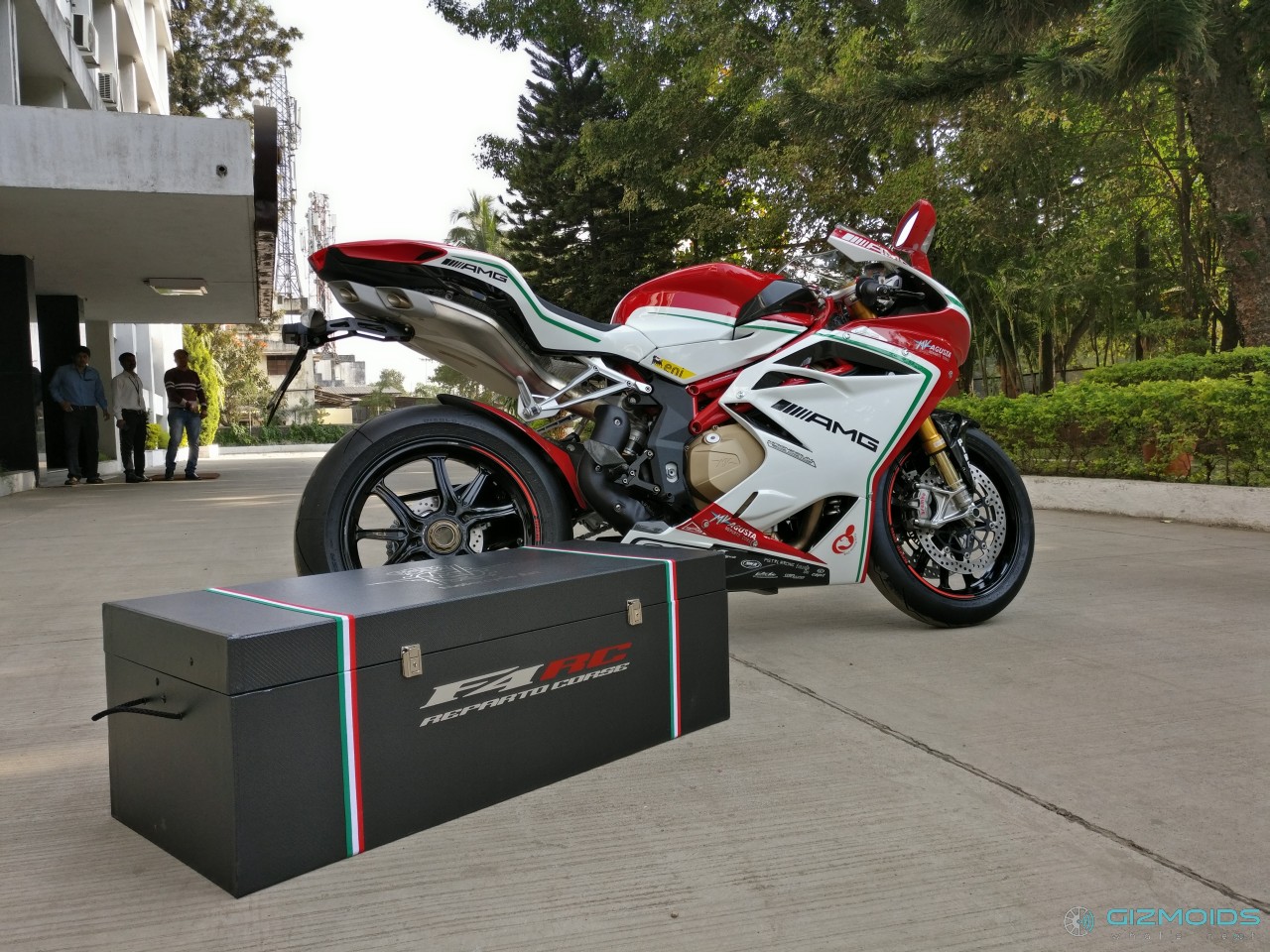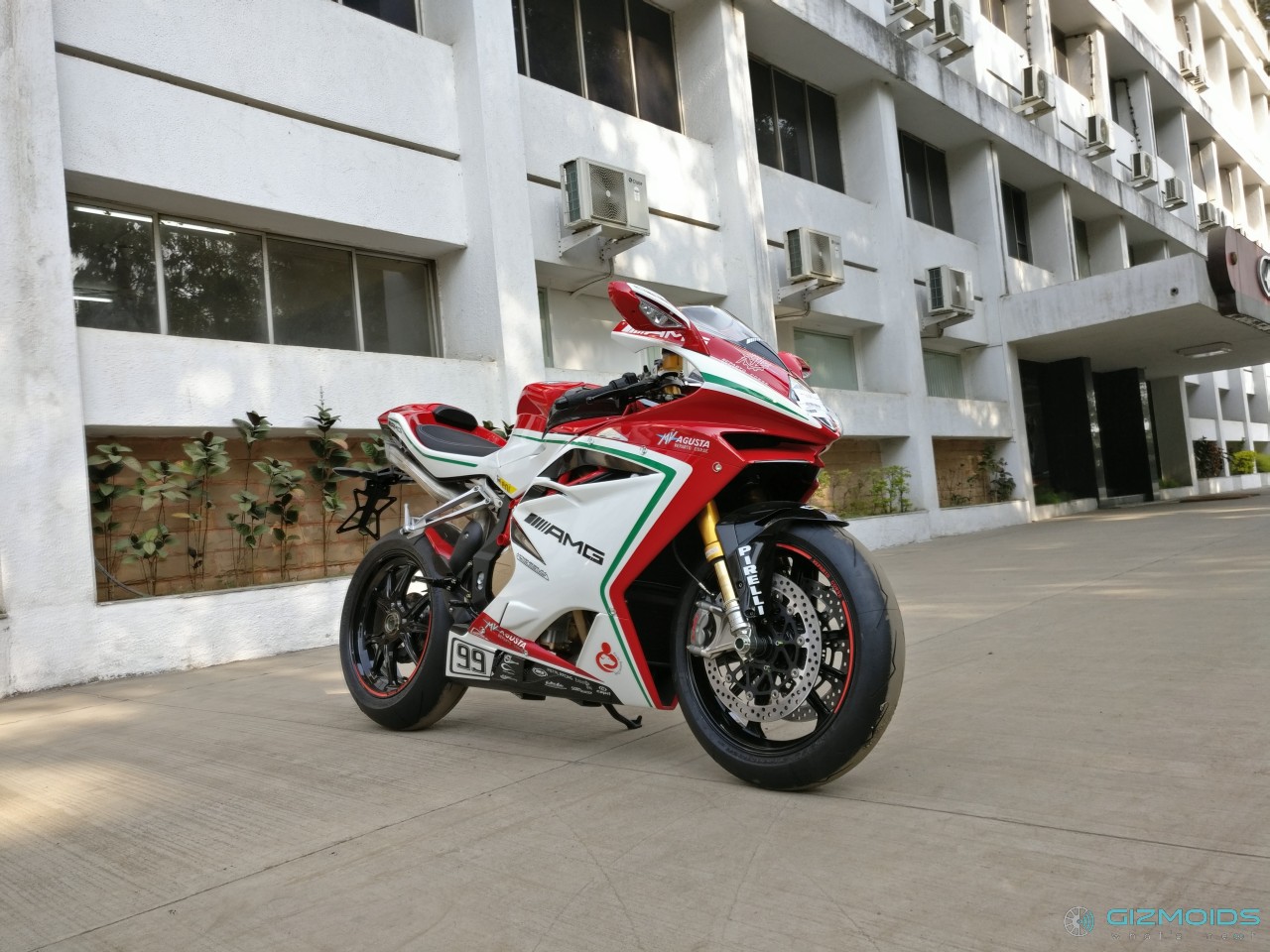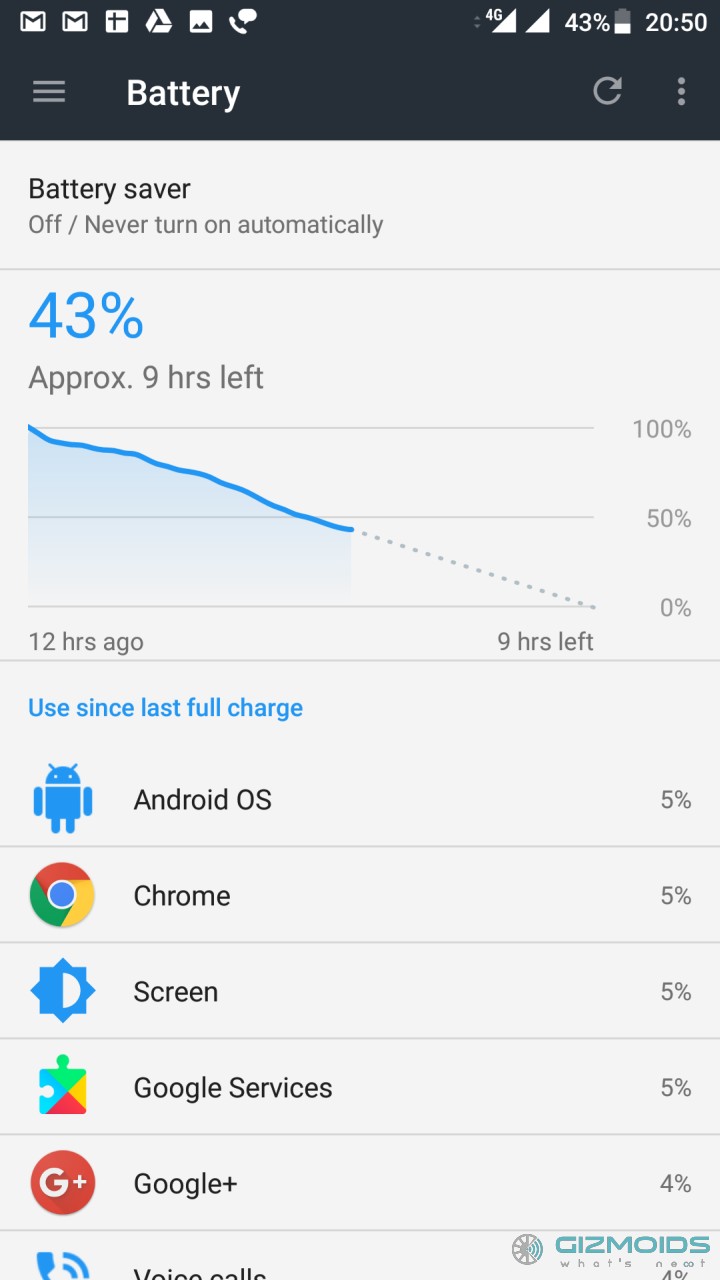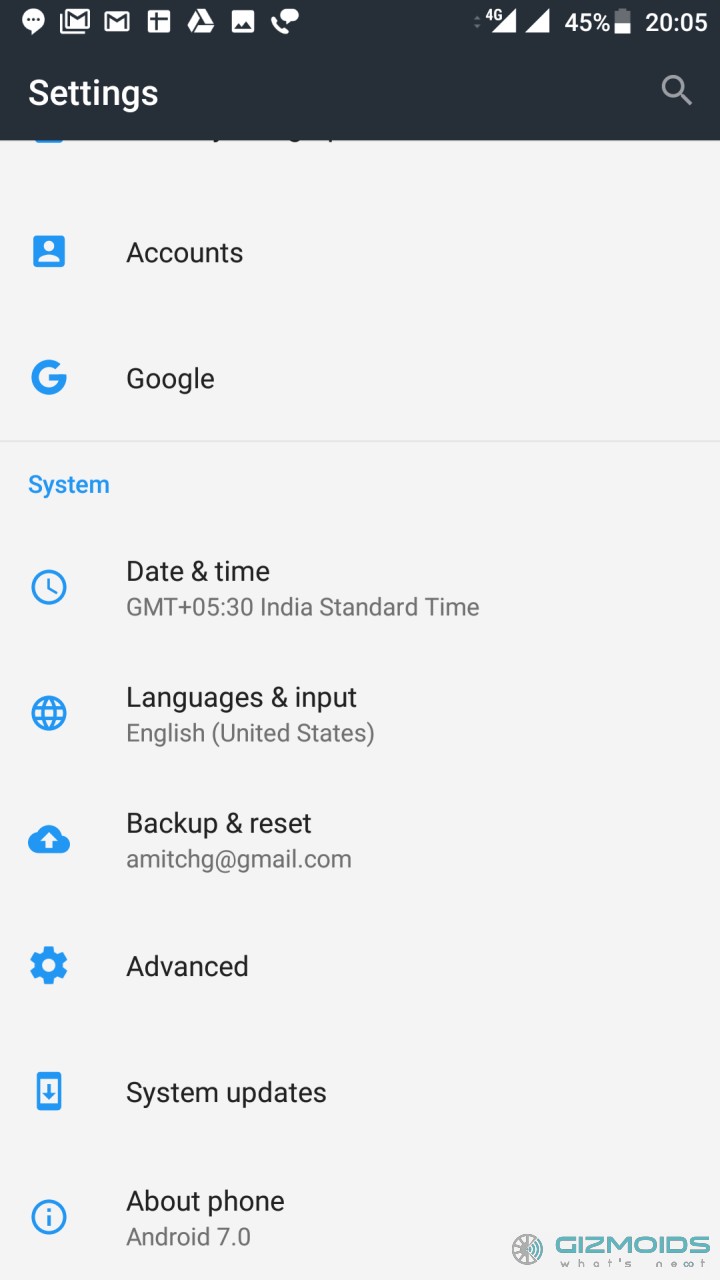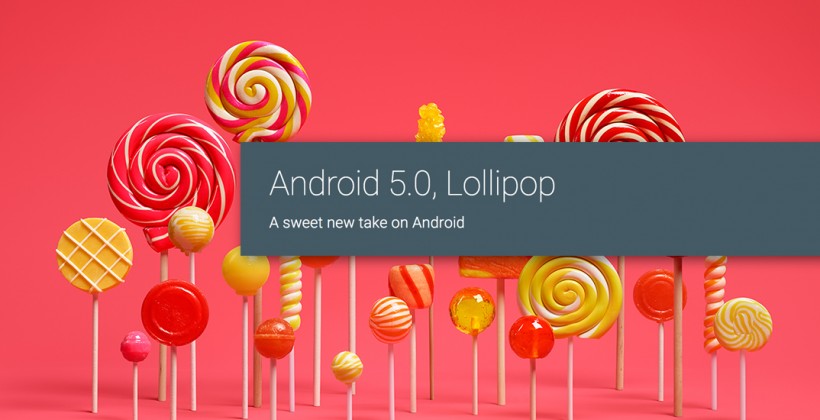So, the OnePlus 3 in our opinion was the most astonishing all-round phone of 2016 – blending blazing fast performance with great design, stupendous build quality, a top notch camera with an incredible price. The Chinese phone maker also blew the industry’s socks off with its sensational Dash Charging which changed the rules of the game as regards phone charging speed and introduced us to some ridiculously low charging times.
OnePlus’s founder Carl Pei has become very focused ever since the strategy with the Onplus X didn’t pay off too well. His company will only make one phone at a time, and that phone, in his vision will be the absolute best amalgamation of hardware, software and features at the time of its launch. And then, he will top it up with a price that would shake up the industry and send a few biggies packing.
So then, when we heard of the Snapdragon 821 appearing on the horizon, we knew that the benchmark shattering OnePlus 3 will be overshadowed by the phones bearing the new Qualcomm SoC at least for a while. Well, seems like Carl Pei wasn’t going to let his creation be counted as second to any other smartphone in the Android arena, and so, a middle path was trodden for the first time by OnePlus.
Much on the lines of Apple, where they introduce an intermediate, partly upgraded phone and tag it with the suffix S before coming up with a fully overhauled model, OnePlus decided to introduce their own upgrade to the OnePlus 3. And they termed it the OnePlus 3T, and why? Because T goes one up on S, we guess.
The OnePlus 3 was always a trailblazer of a phone, one of the fastest and the most likeable we have ever used. It was never a slouch, but with the 3T, OnePlus has closed whatever little gap the rivals may have opened thanks to a new processor. So the 3T gets the dazzling new 821 SoC, while also getting a whole bunch of upgrades which make it retain its crown of the performance king of the Android ecosystem.
In fact, here’s a list of the top performers in the Antutu Benchmark list, and as you’d notice the OnePlus 3T is still the fastest Android phone in the list. It stands third overall, next only to the iPhone 7 Plus and the 7. In fact, despite not having the latest processor, the OnePlus 3 is still the fourth fastest phone on the list.
Now, since, in terms of design and form, almost nothing has changed over the OnePlus 3, we will keep this review focused on the changes. In fact we would strongly recommend that you go through our comprehensive video review of the OnePlus 3 below, as it would cover most of the elements that we are skipping here.
For the rest, here goes.
To start off, the OnePlus 3T looks exactly the same as the OnePlus 3, except for the introduction of a new shade, namely Gunmetal. Now, the 3 was available only in a light shade of space grey or another slightly feminine shade of soft gold. The Gunmetal shade, in our opinion is the closest to a serious, dark black without being that, and in our humble opinion, in the best looking option for the business guy who wants his phone to go with his power suit. We have had the test unit with us for some time now, and we absolutely love the new color.
A small downside is that sweat marks are quite visible on the back panel, and the front also retains the marks of the swipes. Though the back panel isn’t a fingerprint magnet, and for those who have dry palms, this one should be pretty easy to keep clean.
OnePlus 3T Performance
The Snapdragon 821 offers many advantages over its 820 predecessor, which by itself was a landmark product in terms of pushing the boundaries of smartphone performance. The 821 builds on the trusted 820 platform and offers faster speed, improved power savings, and greater application performance. To be precise, the 821 is engineered to deliver a 10% performance increase over the 820 with the Qualcomm Kryo quad-core CPU, reaching speeds up to 2.4GHz.
The advantages offered by the new core hardware include upto 10 percent faster boot times, faster app load times and more responsive touch feel with better browsing experience. While the CPU performance has been improved by 10 percent, the GPU capabilitiers have also been improved by 5 percent with savings in battery going up by 5 percent.
Additional goodies include support for stuff such as the Nougat OS, extended laser auto focus, and dual phase detection.
To be very honest, none of that has made a difference to our everyday experience. The OnePlus 3 was so goddammed fast itself, we never witnessed any lag anyway. The Oneplus 3T packs in even more power, which means, while playing heavy games like Asphalt Xtreme, Nova 3 and SBK 16, we never faced any issues whatsoever.
As mentioned, we have received the Nougat 7.0 update for our test unit of the OnePlus 3 in the form of the OxygenOS 4.0, which has improved the battery life along with a few other enhancements to the phones, which we will discuss in the software section.
OnePlus 3T Camera
OnePlus has not touched the rear shooter on the OnePlus 3T and it retains the 16 megapixel unit which was there on the OnePlus 3 as well. What has changed, however, is the front camera which now packs double the megapixels as compared to the OnePlus 3 with 16 megapixels. This means better detail for images, along with the option to zoom in and crop deeper if you so wish.
The OnerPlus 3T rear camera is an extremely capable unit and is known for its natural colour reproduction and no inclination to over-process the images and rid them of their balance. The images taken in contrasty light and shadow environs are prone to be slightly overexposed though. This can be fixed with using the HDR mode which balances the exposure nicely lending the phone a good dynamic range.
As with the One Plus 3, the 3T camera also gets the HQ mode which boosts the phone’s capability in low light conditions, increasing the exposure and delivering brighter and sharper images even in the dark.
Video can be shot in Full HD resolution (up to 60 frames-per-second) as well as full 4K. The phone offers great detail, and responds very well to the sudden change in lighting conditions. Thanks to the hybrid image and electronic image stabilization, the OnePlus 3T delivers solid resistance to shake, though it still is some distance away from attaining the stability of say, theiPhone7 or iPhone 7 Plus.
At Motoroids, we have done a comprehensive comparison of the rear shooter of the OnePlus 3 with that of the Samsung Galaxy S7 Edge. You can watch the video below for the detailed camera review.
Some camera samples from the front and rear shooters are also provided below
OnePlus 3T Battery
The battery size on the OnePlus 3T has gone up from 3000 mAh on the 3 to 3400 now. While that difference in the battery capacity is a tad more than just 10%, the Android Nougat works as a force multiplier here, making the 3T last substantially longer than the OnePlus 3. While the OnePlus 3 drained down by the end of one of those moderate-heavy use days, the 3T sails through without any trouble.
The incredible speed of the Dash Charger still remains unparalleled is one of the standout features of the phone. For all practical purposes, the battery life on the 3T, especially after the Nougat update should see you through one of those extra busy days without any trouble.
OnePlus 3T Software and Features
As the title suggests, we are conducting this review on a piece which has received the Android 7.0 Nougat in the form of OnePlus OxygenOS 4.0. The OnePlus 3T reaps many benefits from the new OS update. Let’s discuss the benefits of the new OS in points
OnePlus had geared for the introduction of the Nougat with the OxygenOS 3.5, which was aligned with the look and feel of the Nougat version, so the Oxygen 4.0 doesn’t look very different from the Android Marshmallow based OxygenOS 3.5 that it replaces.
With the Android 7.0, the OnePlus 3T gets a complete revamp of the notification area and the notifications themselves. The system also gets inline reply support, split-screen multi-window and double-tap shortcut for switching between the last two apps.
The settings Menu gets a redesign too and you can now choose which icons to show in the status through an option in the settings. The OxygenOS 4.0 seems to be somewhat mimicking the Pixel’s colour scheme in some places like the icon shade of blue in the settings menu.
With the Nougat update, you can also make use of built-in display (DPI) scaling. You can choose from smallest, small, medium, large or larger settings. You can reduce the size of text, menus and graphics to get more screen real estate.
The Google Search Bar has been canned and now comes on with an up-swipe on the home screen.
The OnePlus shelf is still there and comes on with a swipe from right to left bringing you memo, recent contacts, recent apps and Manage Center by default. You can also put your favourite widgets in the shelf, or on the home screen, which is strikingly free of clutter.
Three finger swipe-down for screenshot has been carried over from the OxygenOS3.5
Apart from these OxygenOS specific tweaks, the goodies built into Nougat include Multi Tasking, Multi Window, enhanced power management, better battery life, more control over background data, fine grained app permissions and a bevy of other really amazing stuff.
Summing it up
The OnePlus 3T, as things stand today, is a no brainer for someone looking at a true flagship without having to break a bank. It builds upon the phenomenal qualities of its predecessor making itself one of the most accomplished smartphones on the market today. While the Google Pixel may have raised the bar for the industry in the camera department by some margin, the OnePlus 3T holds its own in that discipline as well.
The 64GB OnePlus 3T retails for Rs. 29,999 while the 128 GB version comes for INR 34,999. At that price, and even at much higher price points, we simply cannot think of a phone which can perform so well on all parameters. This one is definitely a buy!
Check out a detailed image gallery of the OnePlus 3T below

